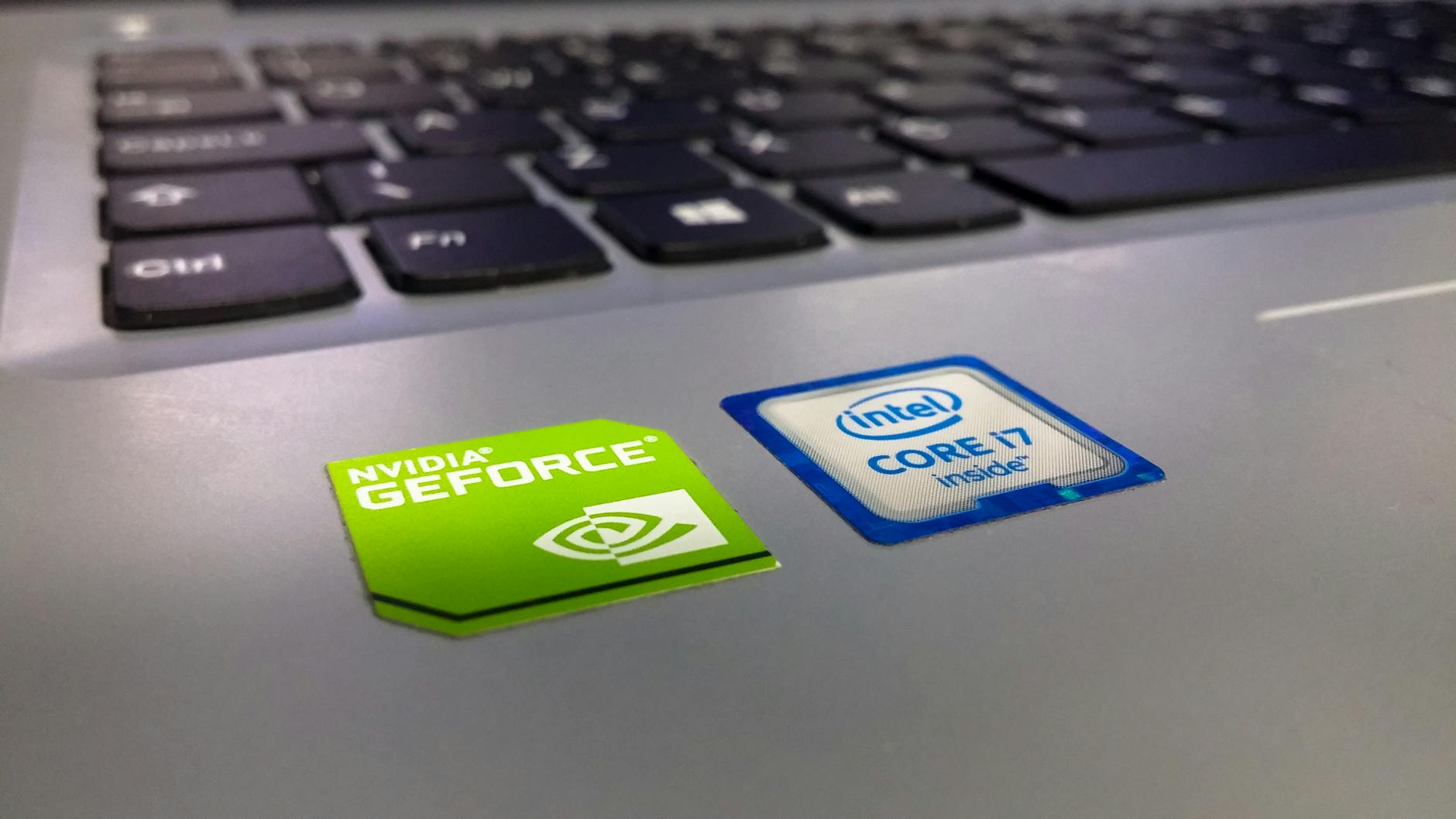Intel, once the dominant force in semiconductor technology, now finds itself struggling to keep up with the rise of artificial intelligence (A.I.) and its key player, Nvidia. While Intel helped power the personal computer revolution, its failure to adapt to the A.I. era has left it behind, as Nvidia capitalized on the growing demand for A.I.-specific chips. This downfall offers a critical lesson for companies: adapt early to disruptive technologies, or risk being left behind.
The Decline of Intel
For decades, Intel was synonymous with computer chips. But as the A.I. boom took off, Intel’s inability to pivot to A.I.-optimized chip technology became apparent. Nvidia, originally known for its graphics processing units (GPUs), seized the moment and became the go-to chipmaker for A.I. applications, while Intel’s revenues stagnated.
- Intel’s Stagnant Growth: Intel’s revenue grew by a mere 1.99% in the last year, reaching $55.11 billion, while Nvidia’s revenue surged 126%, reaching $60.9 billion.
- Market Value Contrast: While Intel’s market cap stands at $104.4 billion, Nvidia’s has skyrocketed to $3.61 trillion—35 times greater than Intel’s.
The Missed Opportunity
Intel’s decline could have been avoided. In 2005, Intel executives rejected an offer to acquire Nvidia for $20 billion. At the time, Nvidia’s chips were used primarily for gaming graphics, but Intel failed to see the future potential of these chips in A.I. applications. This decision, as well as Intel’s focus on its traditional x86 chip design, meant that the company missed out on the rapidly expanding A.I. market.
- Larrabee Project Failure: Intel’s own attempt to break into graphics chips with its Larrabee project ended in failure, costing hundreds of millions. By the time Intel pulled the plug, Nvidia was already dominating the field.
- A.I. Focused Acquisitions: Intel did make some acquisitions, including Nervana Systems and Habana Labs, but internal roadblocks and competing priorities hindered progress.
Why Intel Got Left Behind
Intel’s downfall isn’t just about missed acquisitions. The company’s corporate culture, built on years of success in the personal computer industry, focused too heavily on maintaining the old guard rather than embracing new opportunities. This led to repeated stumbles in the A.I. space as Intel struggled to balance innovation with its existing business.
- Internal Struggles: Executives at Intel often rejected emerging technologies, clinging to their legacy chip designs rather than investing in A.I.-specific technologies.
- Corporate Insularity: Intel’s success led to a self-contained corporate environment that resisted change, making it difficult for the company to adapt to the rapidly evolving tech landscape.
Key Takeaways
- Adapt or Fall Behind: Companies must recognize disruptive technologies early and be willing to evolve or risk obsolescence. Intel’s failure to pivot to A.I. highlights how even industry giants can falter if they ignore changing market dynamics.
- The Importance of Innovation: Embracing new technologies and partnerships, as Nvidia did with A.I., can lead to exponential growth and market dominance.
- Strategic Decision-Making: Intel’s missed opportunity to acquire Nvidia serves as a powerful reminder that making the right strategic decisions can shape a company’s future.
As we enter a new era dominated by A.I., businesses must learn from Intel’s mistakes. It’s crucial to stay ahead of the curve by investing in emerging technologies and understanding the shifting needs of the market. Whether you’re in tech or another industry, it’s time to adapt and innovate—because the future is now.
By staying proactive and aware of market changes, companies can position themselves for long-term success in an increasingly tech-driven world. Don’t let the A.I. revolution pass you by—embrace the change today!

